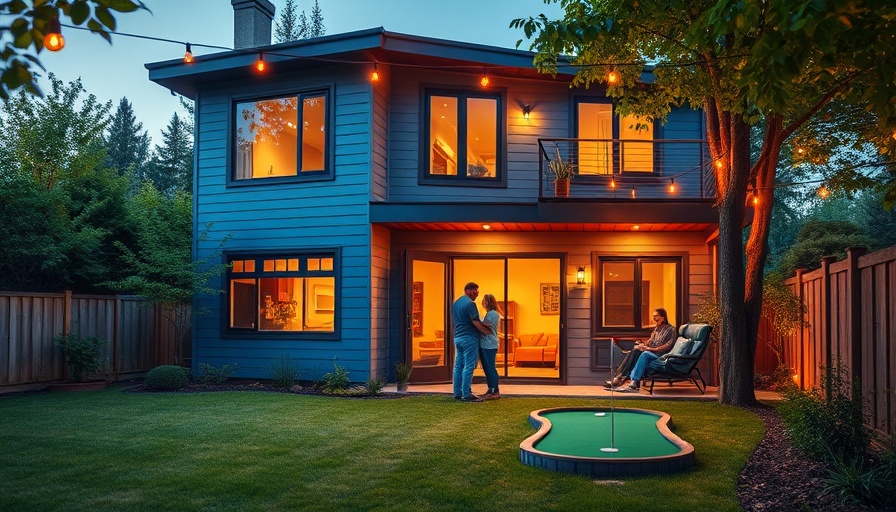
Understanding Site-Specific Home Design
When it comes to building a home, one size does not fit all. Each location offers unique attributes—such as terrain, climate, and surrounding ecosystem—that can dramatically affect design choices. Homeowners should engage in site-specific design to optimize their living spaces while respecting the natural landscape. By considering the characteristics of a site, builders can create homes that are not only beautiful but also practical and sustainable.
The Importance of Environmentally Friendly Choices
In today's world, sustainability has become a fundamental guiding principle in home design. Incorporating eco-friendly features such as solar panels, rainwater harvesting systems, and energy-efficient windows not only enhances the sustainability of a home but also increases its market value. The integration of such solutions often aligns with the natural site’s conditions, providing homeowners with opportunities for cost savings and reducing their carbon footprint.
How Climate Influences Design Decisions
The climate of an area plays a significant role in determining the materials and techniques suitable for building. For example, homes in colder climates benefit from insulation materials that retain heat, while those in hotter, sunnier regions can make use of insulated glass and shading devices to keep interiors cool. Understanding the local climate helps homeowners choose materials and features that enhance comfort and efficiency.
Adaptable Designs for Future Needs
As families grow and lifestyles change, so too can the need for adaptability in home design. Scaled designs that allow for potential additions or modifications ensure longevity and practicality. Homeowners should discuss flexible design options with builders during the planning phase, allowing for seamless changes as family needs evolve over time.
Building Community through Site-Centric Projects
Home design does not just impact individual households; it extends into the community. When builders incorporate elements that reflect the local culture and environment, they foster a sense of belonging and enhance the overall aesthetic of the neighborhood. This approach not only elevates individual properties but creates a cohesive community identity.
Practical Steps for Effective Site Planning
To achieve successful site planning, homeowners should follow some essential steps: start with a thorough site analysis, consult local experts, involve stakeholders early in the design process, and ensure that the chosen design aligns with both personal needs and environmental impact. By taking these steps, homeowners can ensure that their buildings enhance and work with their surroundings rather than against them.
Conclusion: Transforming Spaces for a Better Future
Building homes that are scaled to suit the site is much more than an aesthetic choice. It's about integrating one's living space into the environment while considering long-term sustainability, adaptability, and community strength. By taking steps to understand their unique sites and applying thoughtful design principles, homeowners can create spaces that truly feel like home, suitable for the present and future. For those eager to start their journey toward a home that embraces all these principles, consider seeking guidance from local professionals familiar with environmentally conscious building practices.
 Add Row
Add Row  Add
Add 






Write A Comment